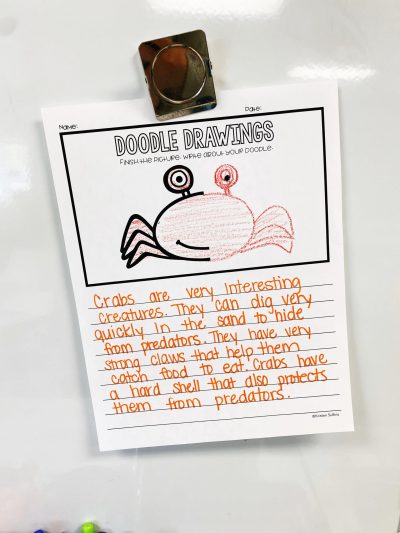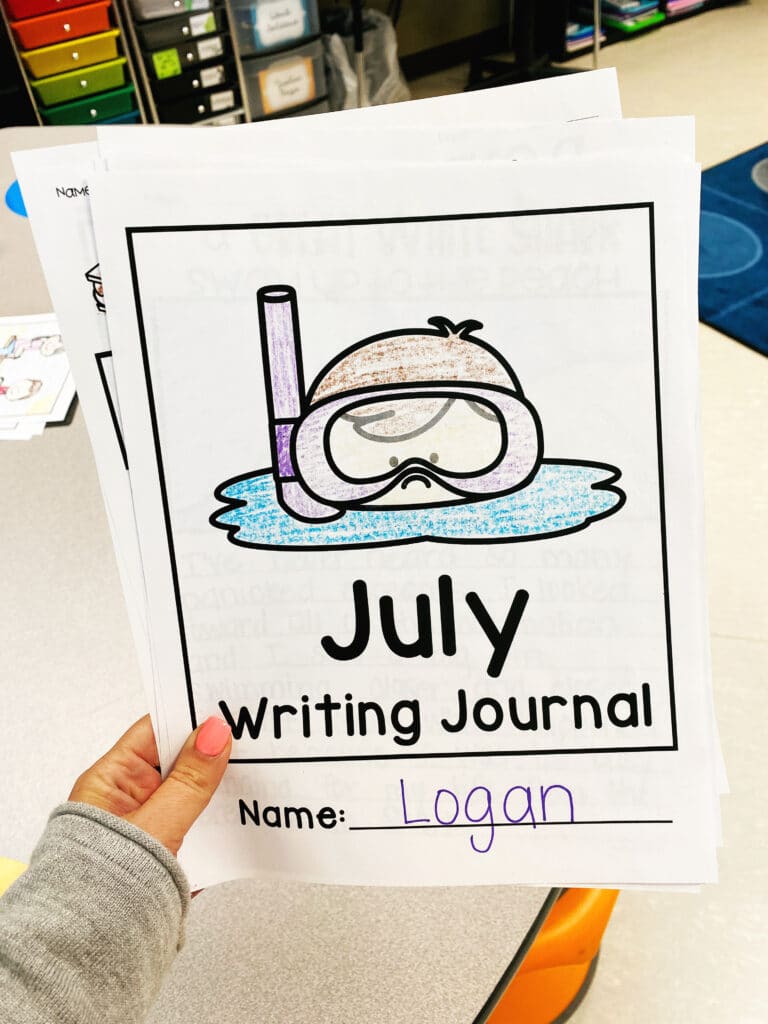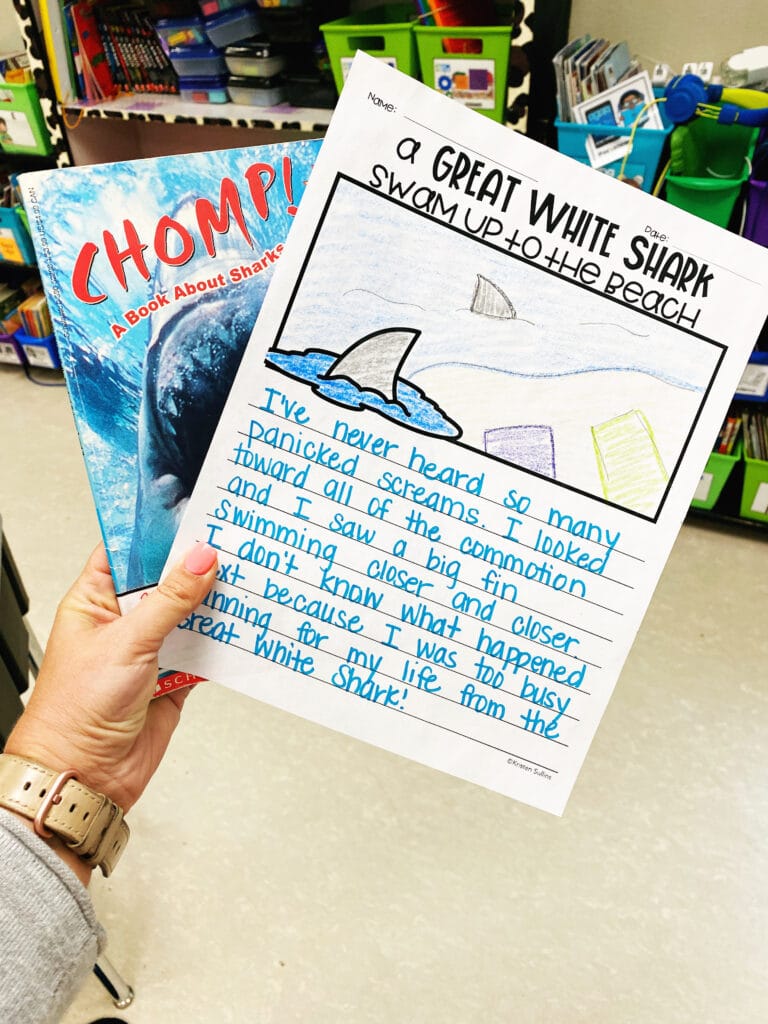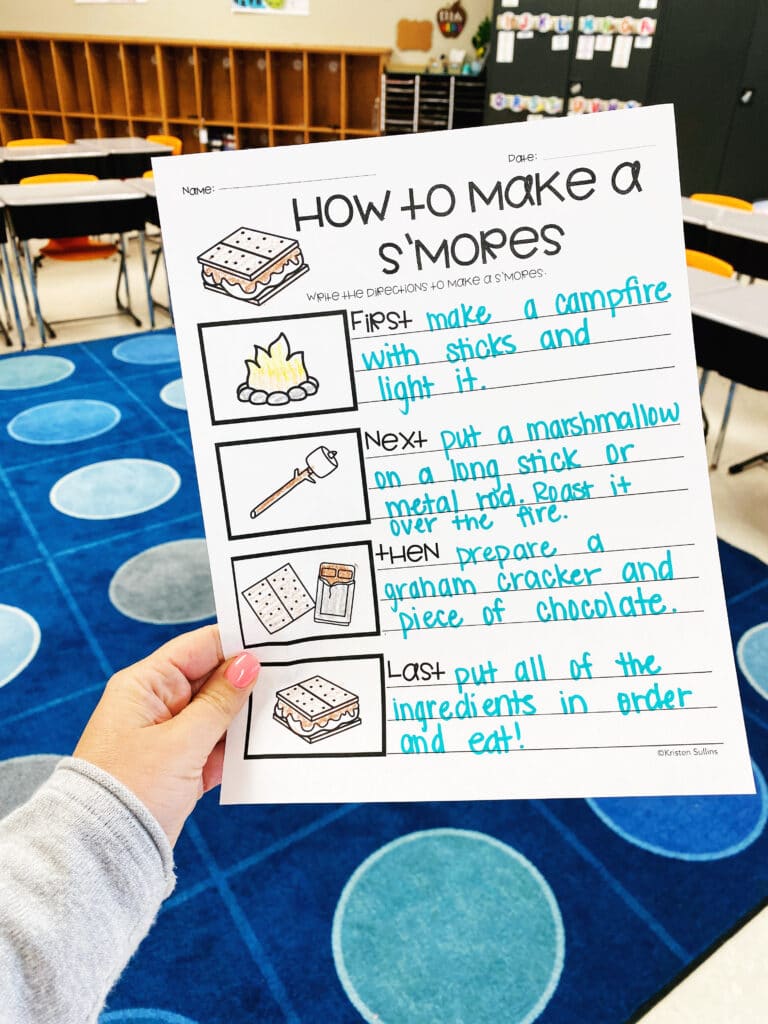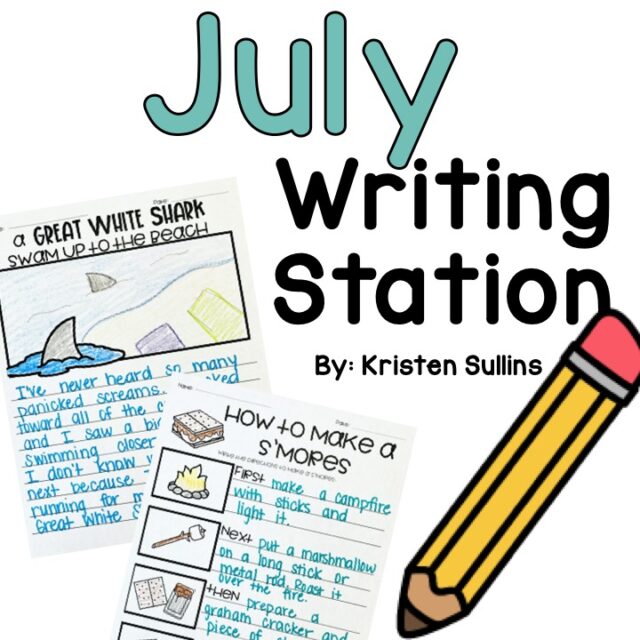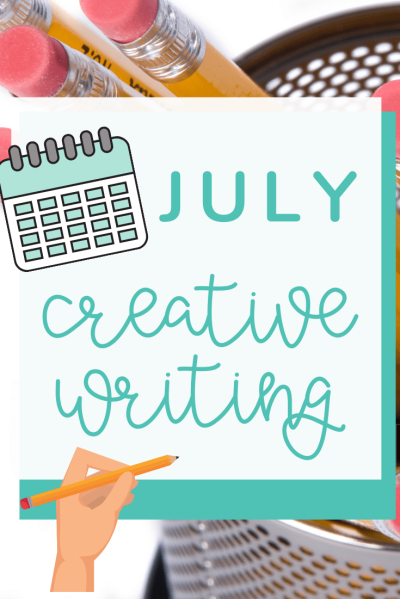Ever find yourself searching for creative writing activities for your Elementary classroom at the last minute?
Want to cut down on planning time while adding in some fun for your students?
You don't have to buy anything special or even use the resources in this post, but you SHOULD be using these strategies/practices…
These activities will:
- save you time planning and prepping
- provide opportunities for creative expression
- create consistency for students during writing time
- add some fun back into your classroom!
Science, Social Studies and Writing... Oh My!
Have you ever asked yourself “how do those super teachers fit it all in”? Let me let you in on a little secret… they don't.
But if you want to fit in MORE in an easy way, you MUST go cross-curricular.
The easiest way to do this is to chose a science or social studies themed read aloud for the day or a science or social studies themed writing activity.
It's as simple as that.
Because as a first grade teacher, I hardly ever have time to fit in science or social studies!
The best part, these topics are usually a lot more FUN for students to engage with!
Social Studies activities to try...
Science activities to try...
Monthly Writing Journals
If you love the idea of adding creative writing activities into your elementary classroom, then you HAVE to try a monthly writing journal.
The benefit of a monthly writing journal is:
- less time planning and printing
- only having to change your writing station once a month
How do you create a writing journal?
Easy. Simply print a cover page, then staple multiple writing activities together. The journal should last for several weeks.
Students can work at their own pace and you can spend time prepping/worrying about other things.
Single Creative Writing Opportunities
Maybe a monthly creative writing journal is your style or maybe it isn't. I started using the journals a few months ago and LOVE them, but I still find great opportunities for single creative writing opportunities also.
I especially like to use them when I want to teach a craft move with my first grade students.
For example, if I want to practice writing a good hook for a story, I could have them imagine and write about what it would be like to see a shark at the beach.
By using an open ended prompt and a recent experience, students will be able to generate stronger sentences.
The best part…. a craft move lesson like this can take less than 10 minutes!
How powerful!!
Procedural Writing
Procedural writing is an incredibly important writing opportunity for elementary students because it is a scaffolded way to write a story with multiple events.
Students learn to correctly use transition words such as first, next, then and last. Students also learn how to tell events in the correct order that they happen.
I know this sounds like such an easy skill… I mean, shouldn't they know how to do this already?
Surprisingly, I've had students in the past who have really struggled with being able to correctly sequence a story. Procedural writing was a super impactful activity for them!
You can provide the prompt (or even pictures) for the student OR let them choose their own topic for a greater challenge!
Where can I get these?
As I said earlier, you don't have to buy anything special or even use the resources in this post, but if you want easy, done for you writing journals, you can find my July themed Writing Station here.
I currently have a growing bundle of monthly writing stations. Each month includes:
Format 1: Free Write
Students are given a title and an image to spark their creativity. Students write “freely” about the topic.
Format 2: Look and Draw
Students are given a picture to look at. Students must draw the picture and write about it.
Format 3: Procedural Writing
Students will write about a topic using First, Next, Then and Last.
Format 4: Draw and Write
Students are given three objects to create a picture with. Students will write about a sentence about each of their pictures. Students are given a bonus challenge to write about.
Format 5: Doodle Drawings
Students are given part of an object. Students must draw the other half of the object and write about it.


